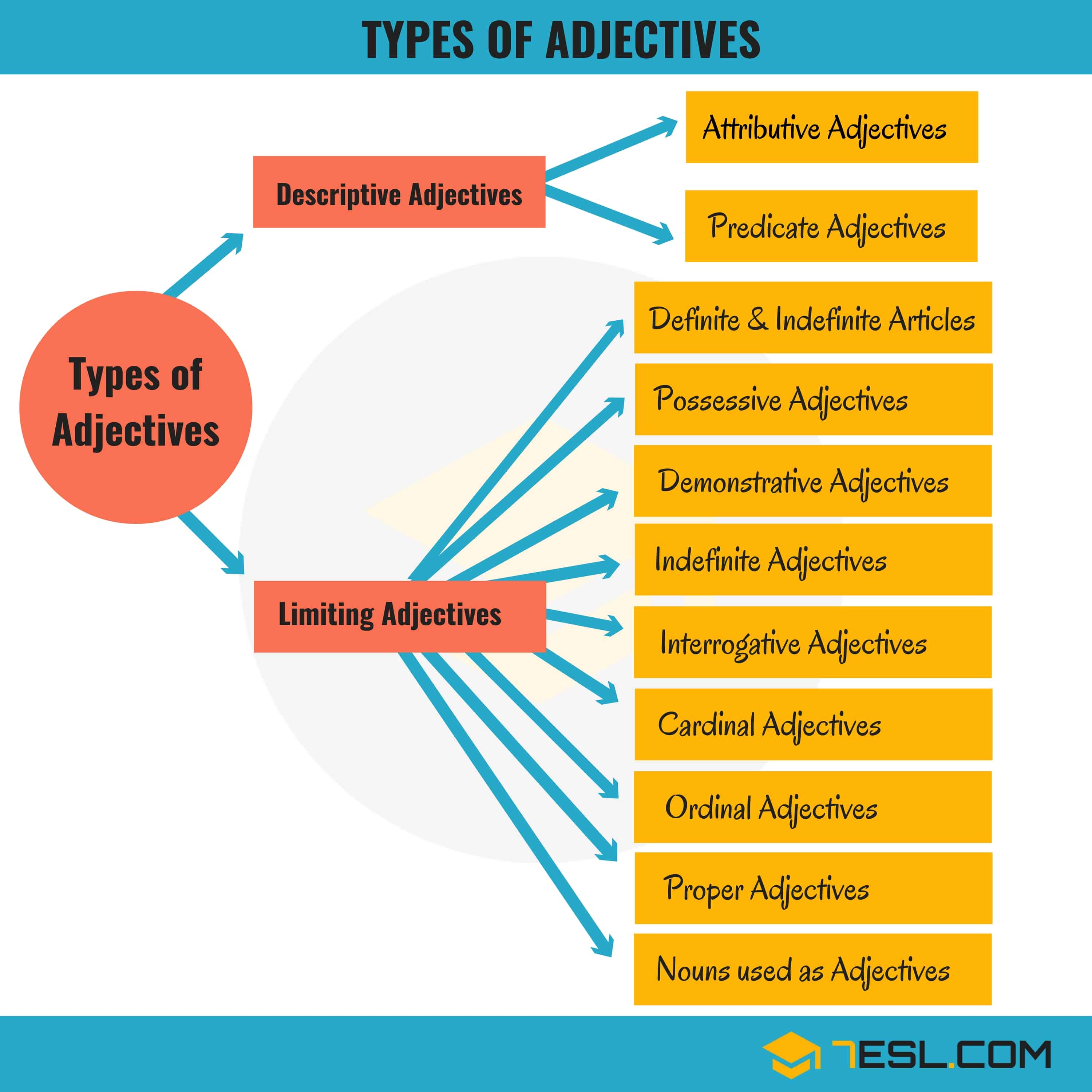Te Form Adjectives
Te Form Adjectives - You take the ending i (い) and add kute (くて). Web te forms of adjectives japanese. It is characterized by the ending て (te) or で (de). Web the te form is required for learning japanese to make verbs and adjectives easier to comprehend. Their conjugation in the te form varies according to the type of verb (copula, ichidan or godan) or adjective ( adjective in い or adjective in な ). Just like using the てform to join to verbs, it can also be used to combine adjectives and nouns. Note that the verbs that express different states are verbs like ある (aru), いる (iru), なる (naru), etc. Web powerpoint introducing 'and' using the teform to join sentences いadjective+くて, なadjective+で, verb+てverb, noun+で. Web てforms for joining sentences. For example, the te form of miru ( 見る ), see, is mite ( 見て ), and the te form of yomu ( 読む ), read, is yonde ( 読んで ).
We will learn about enduring states with the 「~ている」 and 「~てある」 form. It’s used for connecting different phrases and adjectives, showing a series of actions, and making requests. You just add de after the word. Japanese has the same verb form for the future tense and the present tense, as well as general statements. Conjugating to the affirmative te form is very easy once you know the standard simple past tense for each verb. 美味しい (oishii) = 美味し (oishi) = 美味しくて (oishikute) nouns & な adjectives. The てform of a なadjective and a noun+です is formed by adding で to the base or the noun.
Web we’ll teach you how to convert it in ‘te’ form in a moment. The te (て) form of the copula だ is で (de). It is characterized by the ending て (te) or で (de). Before we look at usage, let's first learn how to form the verb and adjective forms separated by affirmative and negative tenses. Web powerpoint introducing 'and' using the teform to join sentences いadjective+くて, なadjective+で, verb+てverb, noun+で.
Te form to make a smooth connection. You take the ending i (い) and add kute (くて). In the case of this example, that would be: Create your first sentence, and conjugate its ending verb into the te form. Web te forms of adjectives japanese. Web the te form (て) can be applied to both verbs and adjectives.
The lexical category of adjectives is proposed to be universal, but its realization varies across languages. The meanings of the word are: The review includes notes from today's japane. Web while there are a number of ways to link these ideas in japanese, one of the most effective and simplest is to choose the te form. Create your first sentence, and conjugate its ending verb into the te form.
The meanings of the word are: Te form to make a chronological order. Web てforms for joining sentences. The てform of an いadjective is formed by substituting くて for the final い.
We'll Use This Knowledge To Construct The て Form.
Web te forms of adjectives japanese. Te form to make a chronological order. The meanings of the word are: Web てforms for joining sentences.
美味しい (Oishii) = 美味し (Oishi) = 美味しくて (Oishikute) Nouns & な Adjectives.
In the case of this example, that would be: Just like using the てform to join to verbs, it can also be used to combine adjectives and nouns. Web the te form of a japanese verb is the form which ends in te or de. 食べる → 食べて ( taberu → tabete) “i eat” / “i will eat” → “i’m eating”.
Before We Jump Into The (Many) Different Usages Of The Te Form, Let’s Look At How You Form It.
Their conjugation in the te form varies according to the type of verb (copula, ichidan or godan) or adjective ( adjective in い or adjective in な ). It is characterized by the ending て (te) or で (de). The lexical category of adjectives is proposed to be universal, but its realization varies across languages. If you don't know how to make the simple past (た) form, please click here for how to do that.
Note That The Verbs That Express Different States Are Verbs Like ある (Aru), いる (Iru), なる (Naru), Etc.
Te form to make a smooth connection. You take the ending i (い) and add kute (くて). The te form is used in forms like te iru ( 〜ている ), be doing and te shimau ( 〜てしまう) finished doing. Both verbs and adjectives have te forms.




![Japanese [73] [GENKI L7] Adjective /Noun TE form (くて/で) How to](https://i2.wp.com/i.ytimg.com/vi/SKaZSSzGmXc/maxresdefault.jpg)


